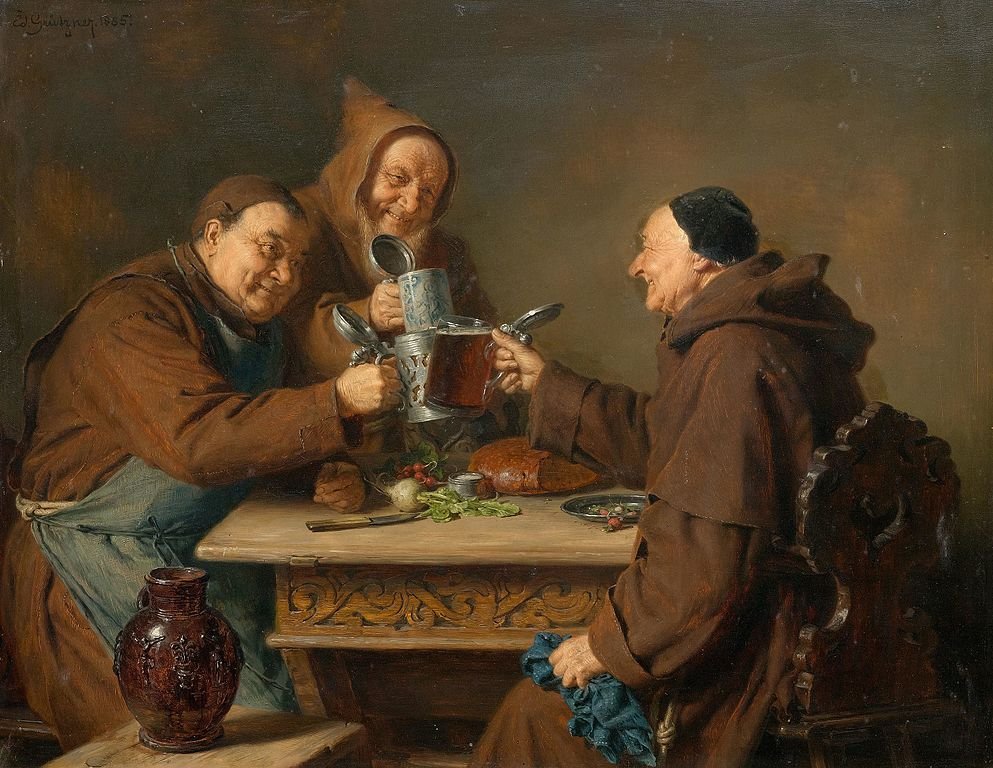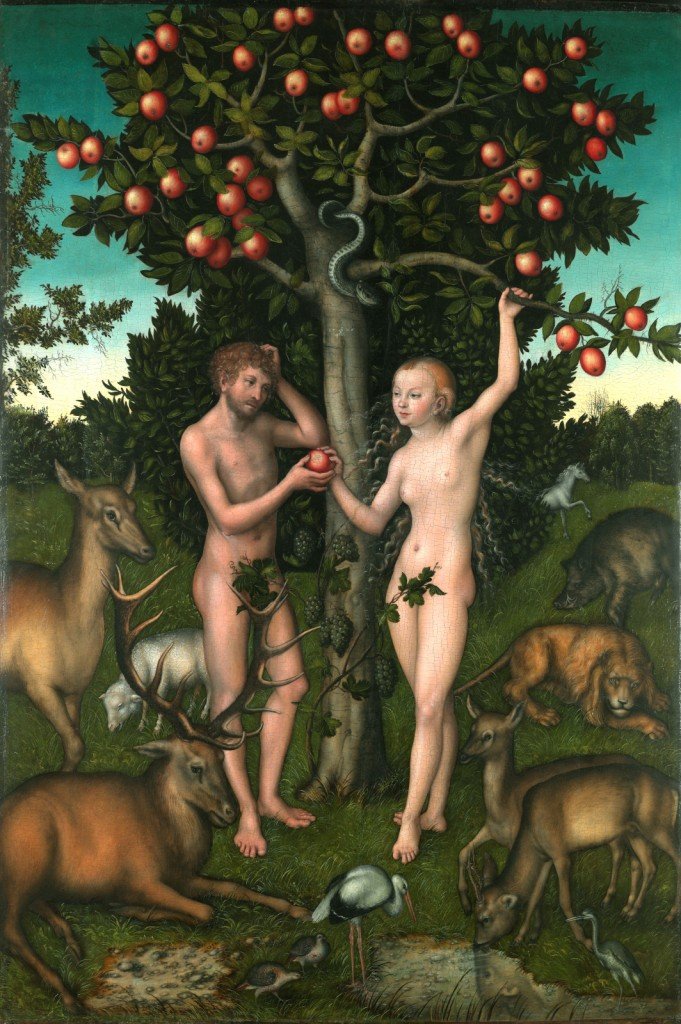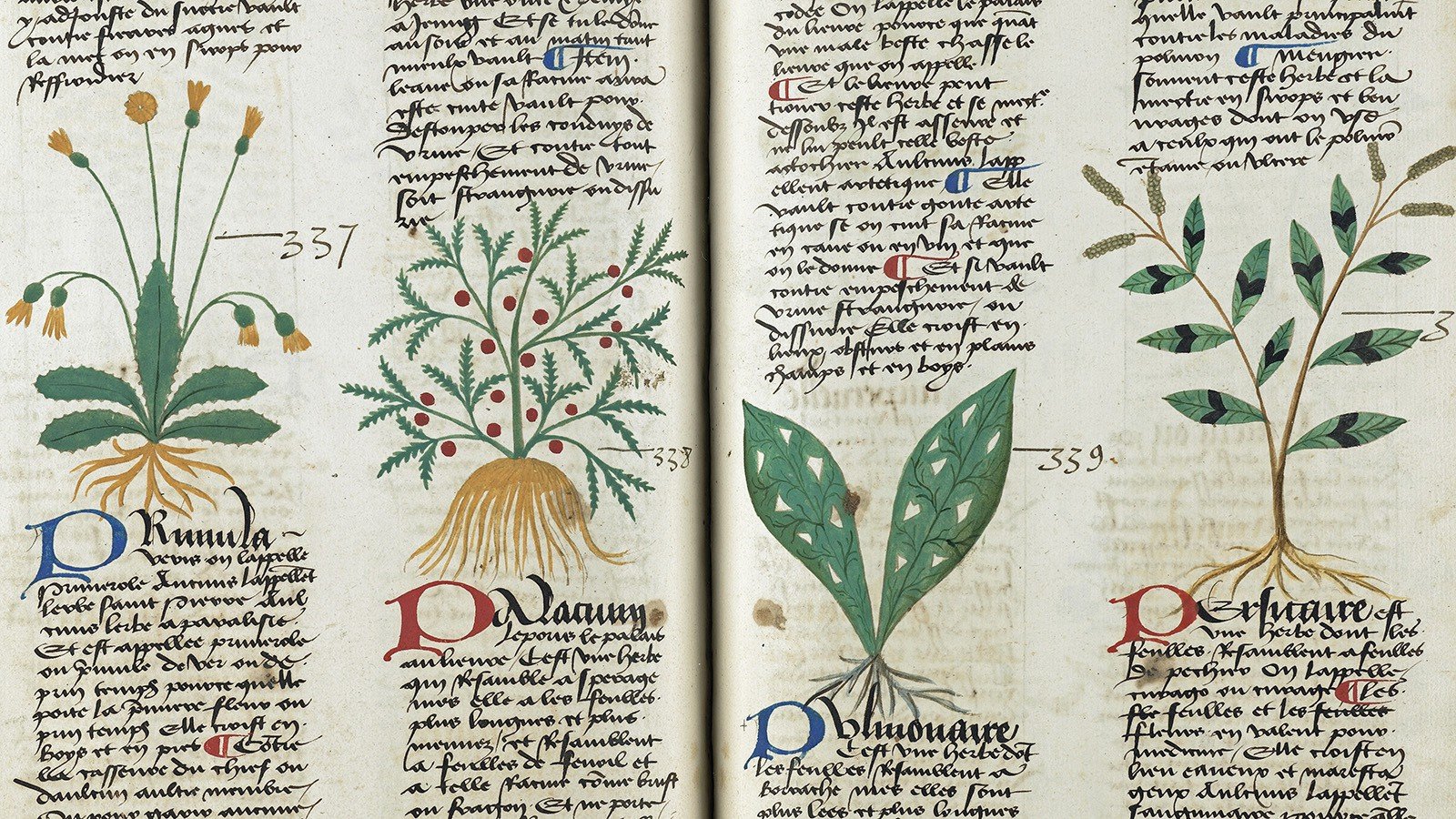
23 January 2019
7.30pm, Old Library
Monastic Brewing: Its History and Future
Mr Roger Protz, beer writer
Belgium has a rich diversity of beer and is famous for the ales brewed by monks in six Trappist monasteries. Leading beer writer Roger Protz has visited all six monasteries and has been permitted to tour the breweries and interview abbots and the monks who make the beer and to unravel the fascinating story of how they came to brew. Other Trappists are following in the Belgian monks' footsteps. In the summer of 2018, monks at Mount St Bernard Abbey in Leicestershire launched their interpretation of a Trappist beer. Monks in Massachusetts in the United States are brewing, too, while a Trappist monastery in Rome has also followed suit. Roger Protz will discuss the history of monastic brewing and the styles now being produced.

